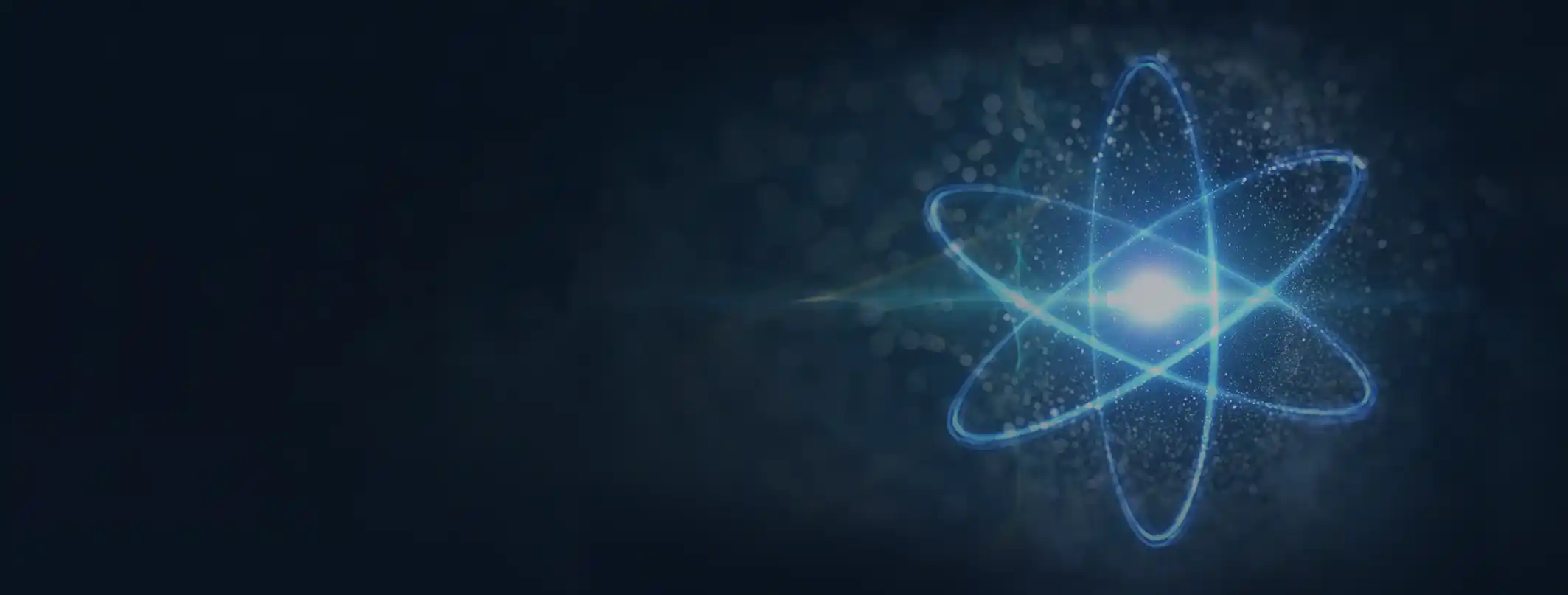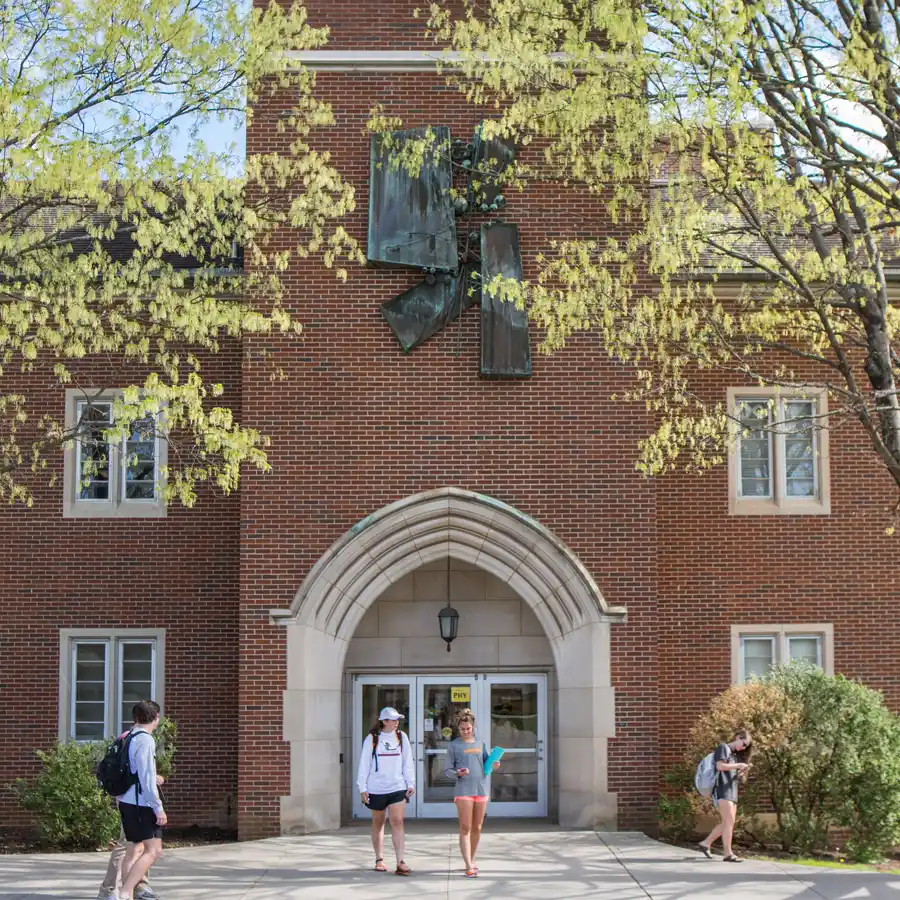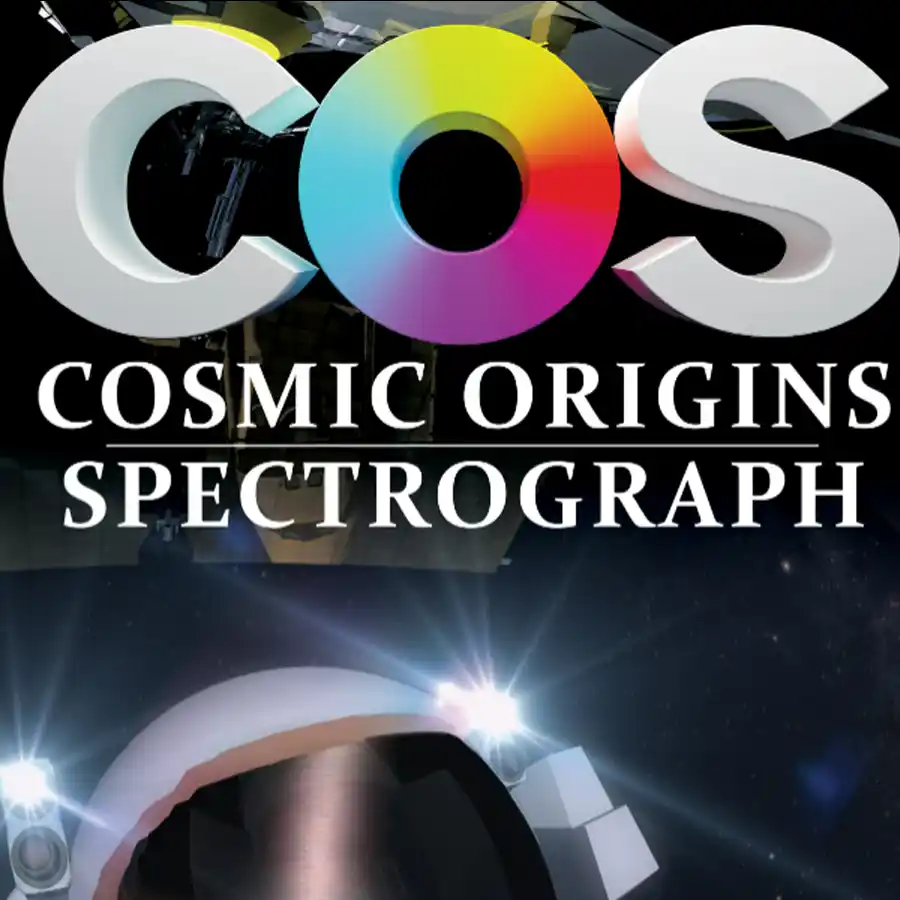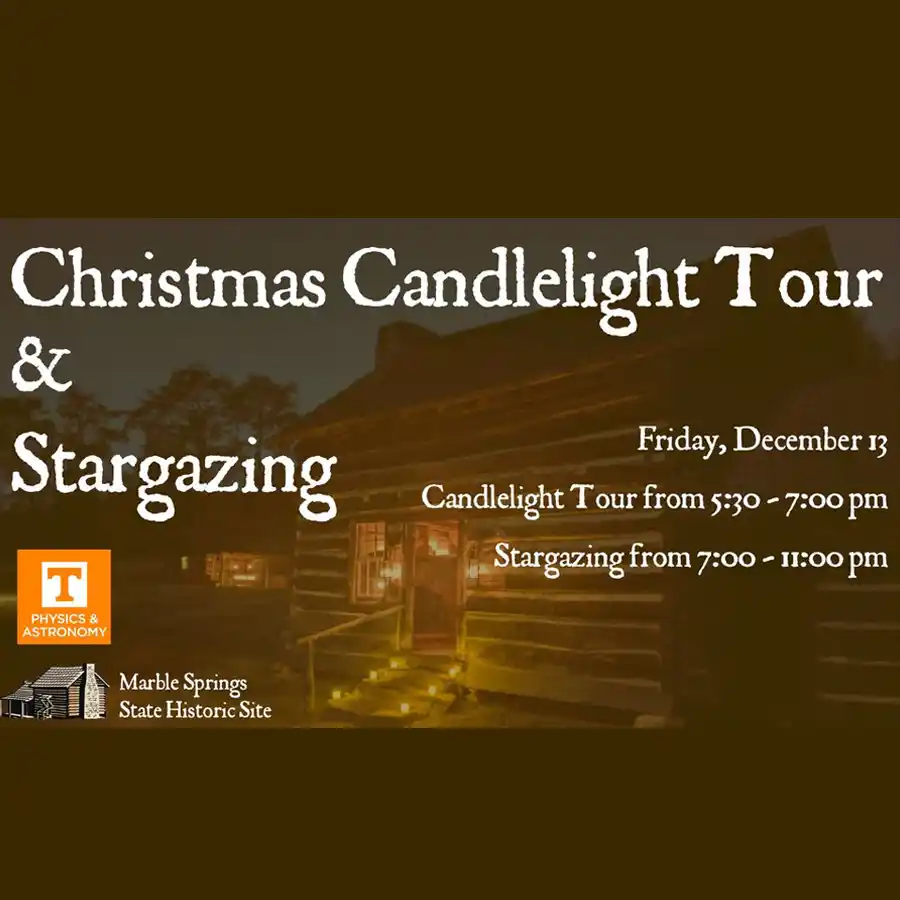Joint Physics Faculty Elected APS Fellows


Two UT Physics Joint Faculty Professors have been elected Fellows of the American Physical Society (APS), an honor that recognizes excellence in physics and exceptional service to the physics community.
An-Ping Li leads the Scanning Tunneling Microscopy Group and the Heterogeneities in Quantum Materials Theme at the Center for Nanophase Materials Sciences at Oak Ridge National Laboratory (ORNL). He was recognized for pioneering contributions to multiprobe and spin-sensitive scanning tunneling microscopy that enable groundbreaking advances in understanding and control of atomic defects, interfaces, and precision synthesis.
Bronson Messer is Director of Science for the Oak Ridge Leadership Computing Facility (OLCF) at ORNL. The Forum on Outreach and Engaging the Public elected him a Fellow for conveying the excitement and universal impact of physics to students, teachers, professionals, and the public via talks, multimedia, laboratory tours, popular national events, and for direct outreach to underserved Appalachian students and teachers.
Joint faculty appointments broaden opportunities for research collaborations and mentorship, allowing students to pursue master’s- and doctoral-level research at national laboratories. When Li joined ORNL as a research associate he began working with Physics Professor Hanno Weitering. After establishing himself as an independent researcher at the national laboratory, he developed a research program with the university as a joint faculty member and has mentored seven postdoctoral fellows from UT, including Wonhee Ko (who’s now an assistant professor). Messer has been the primary advisor for three UT Physics graduate students and has co-supervised eight others. He’s also a departmental alumnus, earning a bachelor’s degree in 1991 and a PhD in 2000. He translates that experience into the outreach that made him an APS Fellow.
“I think I was lucky to have ‘landed’ in the department as an undergraduate,” Messer said. “I had no idea what college or science or research was about. At all. I got excellent training, and I’m very interested in making sure that students who sound like me and might be just as bewildered get a feel for science being a process and a discipline, rather than being some secret writ.”
Affiliated faculty’s contributions to advancing physics research, training next-generation scientists, and inspiring public interest amplify the department’s impact in meeting the university’s land-grant mission and aspirations. This new class of APS Fellows joins 10 full-time physics faculty who have earned the honor, along with four Fellows of the American Association for the Advancement of Science.
































